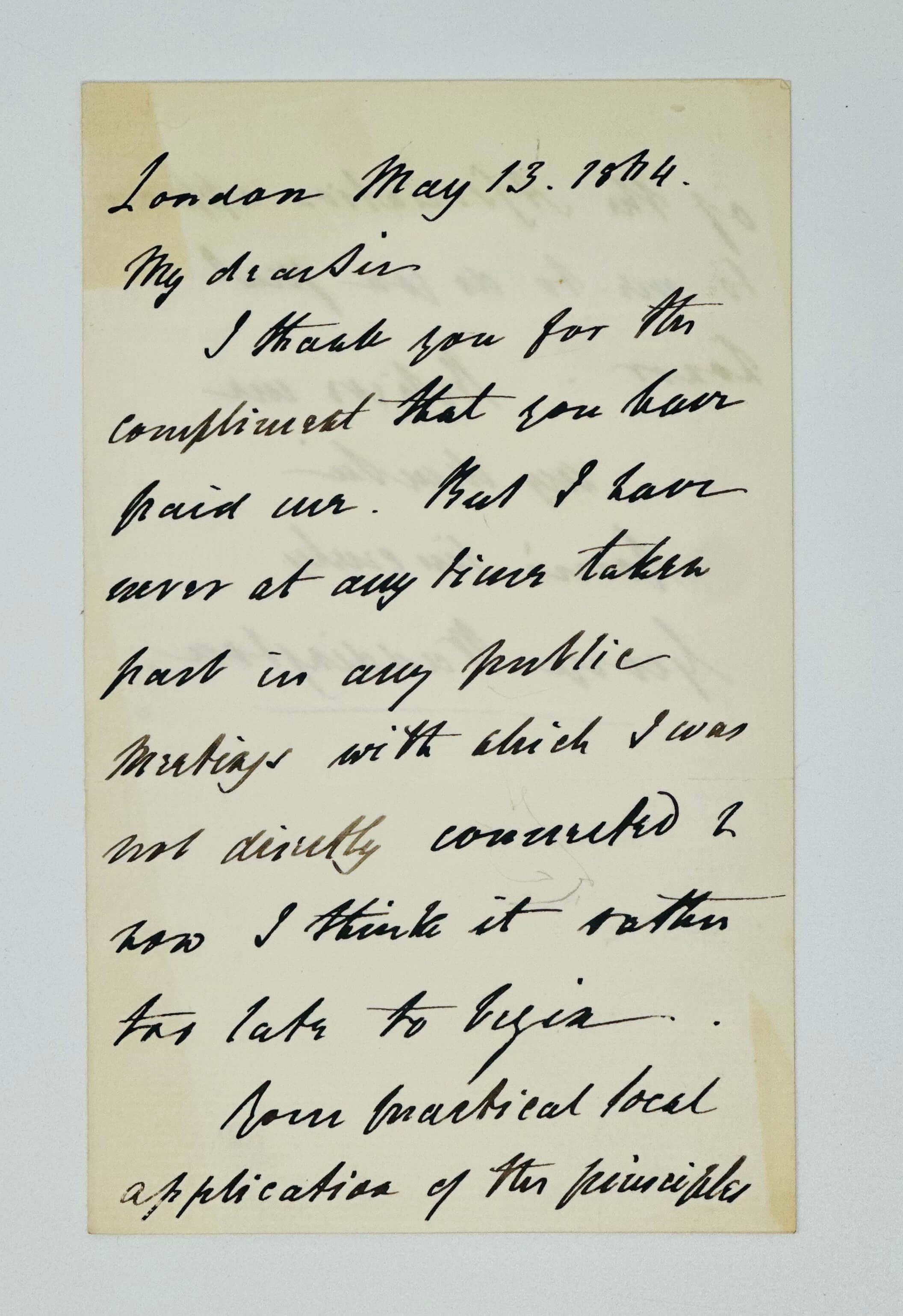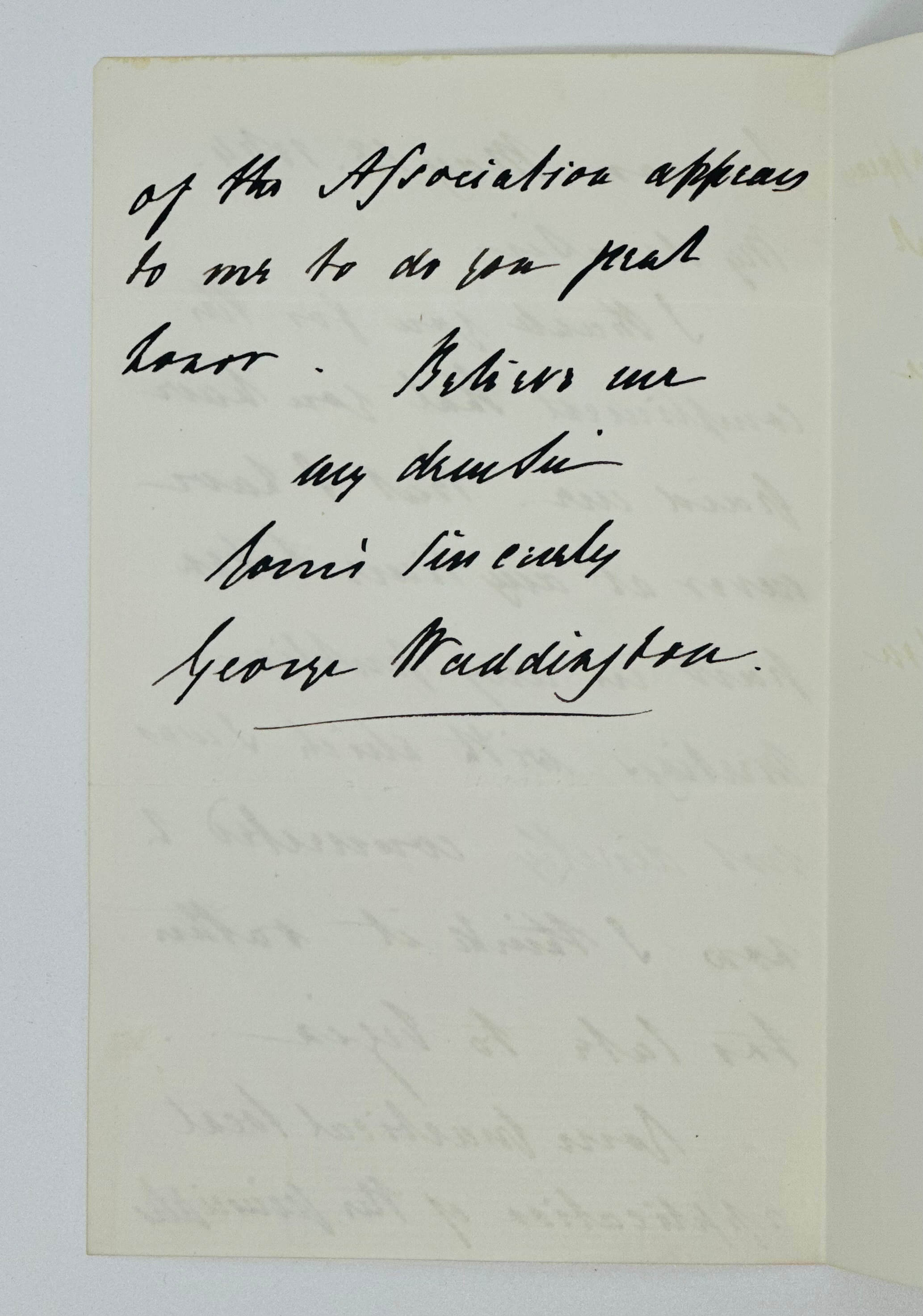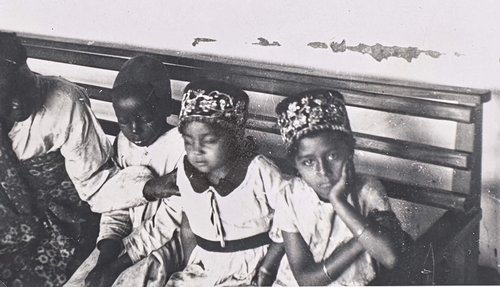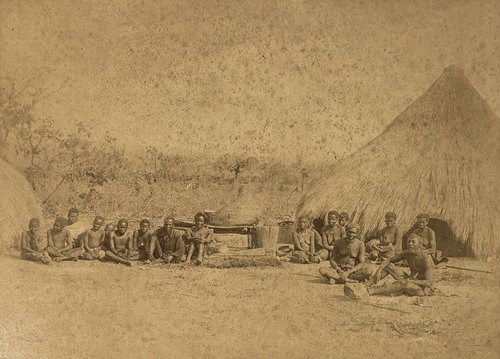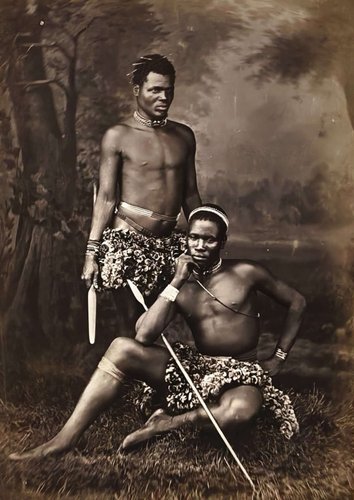
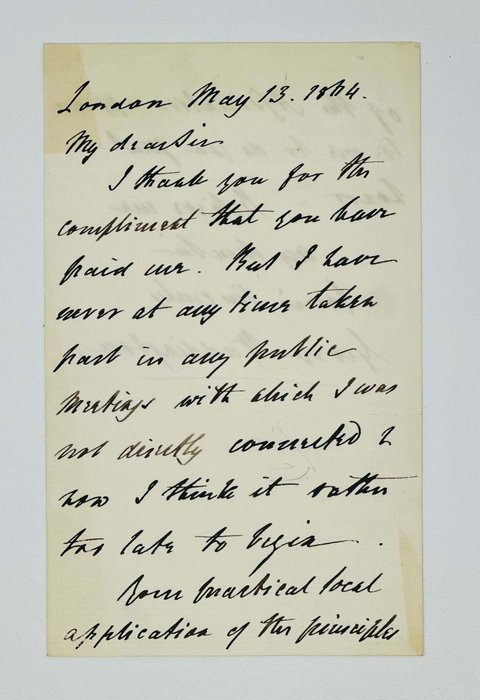
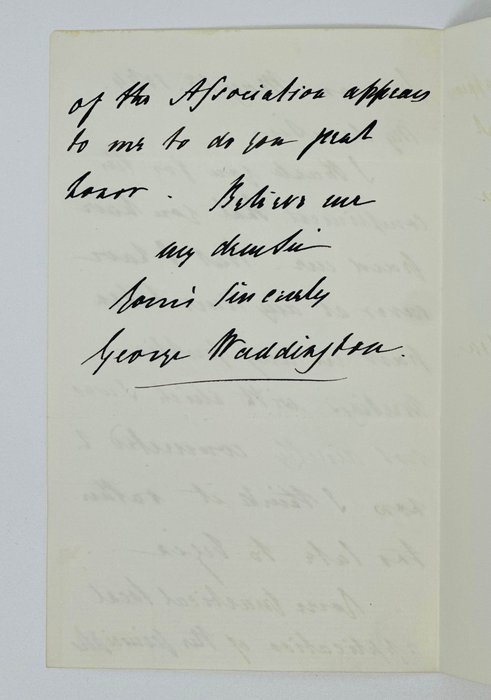
#MB31
1864
Small Octavo (ca. 18,5x11 cm). 2 pp., with an integral blank leaf. Black ink on Joynson’s laid paper watermarked ‘1862’. Mild fold marks, small mount residue on verso of the second blank leaf, otherwise a very good letter.
“My dear Sir, I thank you for the compliment that you have paid me. But I have never at any time taken part in any public meetings with which I was not directly connected & now I think it rather far late to begin. Your practical local application of the principles of the Association appears to be to do you real honor.”
George Waddington was an English clergyman, traveller and church historian. A graduate of the Trinity College, Oxford, he was the Dean of Durham (1840-1869), Warden of Durham University (1862-69), an original member of the Athenaeum Club‚ London on its foundation in 1824. He travelled widely, having published “Journal of a Visit to some parts of Ethiopia” (together with Rev. B. Hanbury), “A Visit to Greece in 1823 and 1824” (1825), and several works on the Christian church history.
“Clergymen Hanbury and Waddington were both Fellows of Trinity College, Cambridge, who accompanied the army of Muhammad Ali in its conquest of the Sudan in 1820. This was just after Napoleon's expedition through the Nile, during which time he ordered a team of scientists and architects to record all the ancient monuments and natural features of the country. Stimulated by this work many Europeans travelled to Egypt in search of ancient wonders. This included both Hanbury and Waddington who visited Egypt and Nubia together in 1821 and brought back the coffin set of Nespawashefyt (E.1.1822) which was the first Egyptian object to come into the possession of the [Fitzwilliam] University. In 1822 Waddington published an account of their travels up the Nile in Journal of a visit to some parts of Ethiopia, including accounts of visiting the temples at Abu Simbel and Soleb, and the sites of Napata and Meroe” (Fitzwilliam University online).

